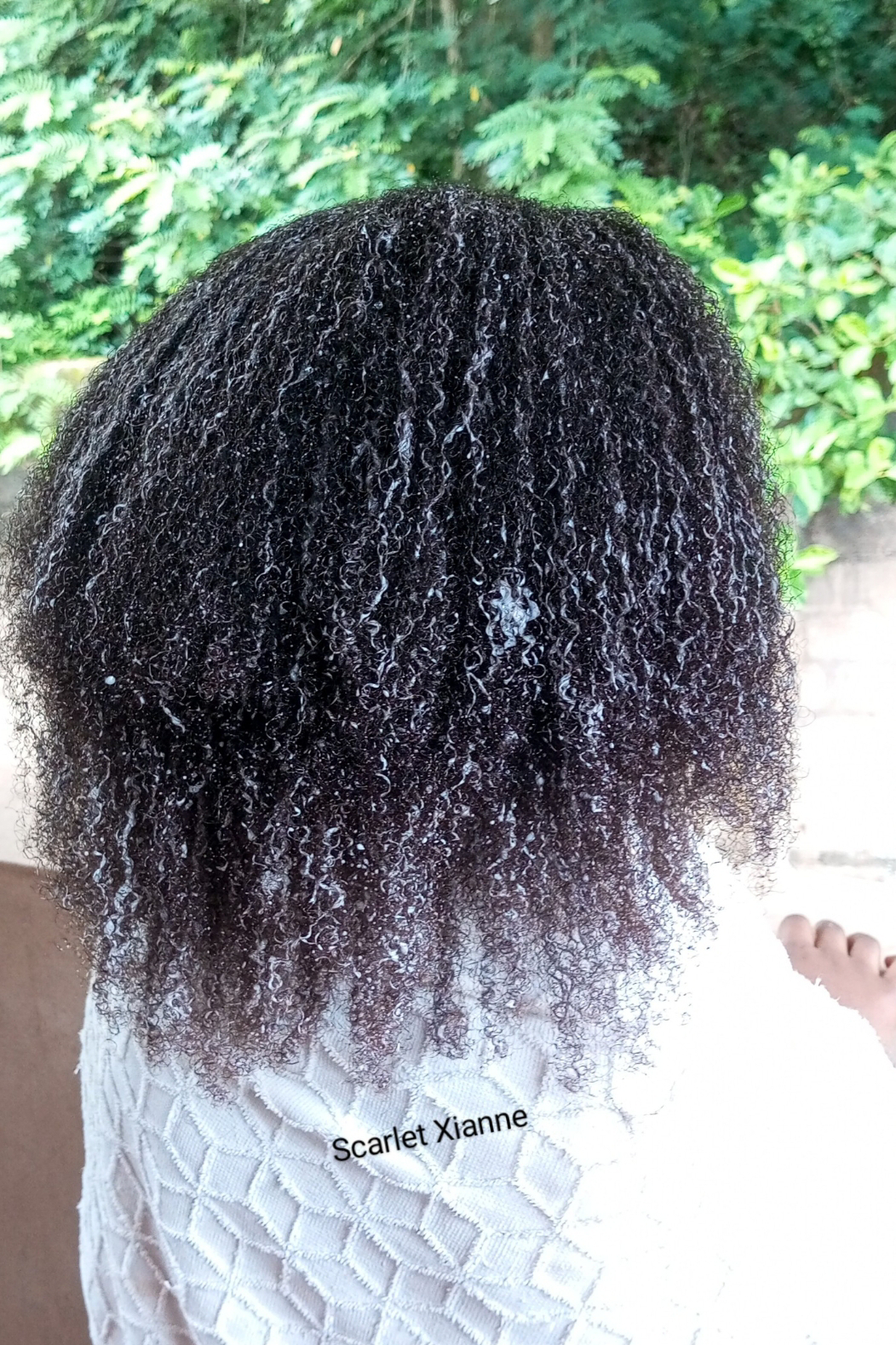One of the biggest challenges for women with afro-textured hair is keeping it moisturized. Due to the tight curl pattern, it’s difficult for the natural oils produced by the scalp to travel down the length of the hair. This makes afro hair more prone to dryness, breakage, and dullness.
In Nigeria, where the climate ranges from hot and humid to dry and dusty depending on the region and season, keeping natural hair hydrated can be even more challenging. However, with the right practices, you can maintain soft, manageable, and healthy hair.
---
Why Moisture Matters
Moisture is what keeps natural hair elastic, soft, and less prone to breakage. Without adequate hydration:
Hair becomes brittle and breaks easily
Styling becomes difficult and painful
Growth retention becomes harder
Moisture is not just about water alone. It is also about locking that water in so it stays in the hair strand for as long as possible.
How to Keep Natural Hair Moisturized
1. Start With Water
Water is the best moisturizer for natural hair. If your hair is dry, the first step is to reintroduce water. Spritz your hair daily or every other day using a spray bottle filled with water or a water-based leave-in. Lightly mist the ends, then massage in the moisture. Apply moisturizers on damp hair to seal in hydration. Avoid soaking your hair every day. A light misting is enough to keep the strands supple.
2. Use the LOC or LCO Method
These are popular methods for layering products to retain moisture. LOC stands for Liquid, Oil, Cream. LCO stands for Liquid, Cream, Oil.
Here’s how it works:
Liquid: Start with water or a water-based leave-in conditioner
Oil: Follow with a natural oil like coconut oil, olive oil, or castor oil to trap in the water
Cream: End with a creamy moisturizer to seal everything in
You can experiment with both methods and see which your hair responds to best.
3. Deep Condition Regularly
Deep conditioning helps restore moisture lost during washing and styling. Aim to deep condition every two weeks or at least once a month. Use moisture-rich conditioners. Cover your hair with a shower cap and let the treatment sit for 20 to 30 minutes before rinsing.
4. Avoid Drying Ingredients
Some shampoos and styling products contain ingredients that strip moisture from the hair. Avoid products with:
- Sulfates
- Alcohols (drying types like isopropyl alcohol)
- Mineral oil and petroleum (they coat the hair but don’t hydrate it)
Instead, choose products labeled “moisturizing,” “hydrating,” or “sulfate-free.”
5. Cover Your Hair at Night
Satin or silk scarves and pillowcases prevent moisture loss. Cotton absorbs moisture from your hair and causes friction, leading to dryness and breakage. A satin bonnet helps retain the hydration added during the day.
6. Protective Styling
Styles like twists, braids, and cornrows protect the ends of your hair and reduce daily manipulation. However, the hair still needs moisture even in these styles. Spray a light mix of water and oil on your scalp and hair regularly while in protective styles.
Bonus Tip:
In hot regions like Abuja or the North, moisture can evaporate quickly. Use heavier creams or butters like shea butter to seal in moisture.
In humid regions like Lagos or Port Harcourt, the air has more moisture. Light products may be more comfortable. Avoid product buildup by washing your hair regularly.
During harmattan, which is extremely dry and dusty, moisture retention becomes even more important. Increase your deep conditioning treatments and protective styling during this season.
Moisture is the foundation of healthy natural hair. With consistent hydration and protective habits, afro-textured hair can remain soft, manageable, and full of life, even in Nigeria’s changing climate. Pay attention to how your hair feels and adjust your routine accordingly.





No comments:
Post a Comment